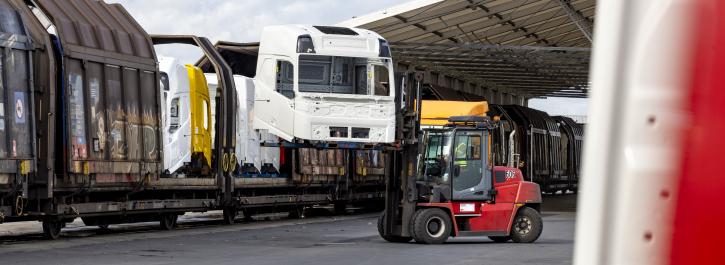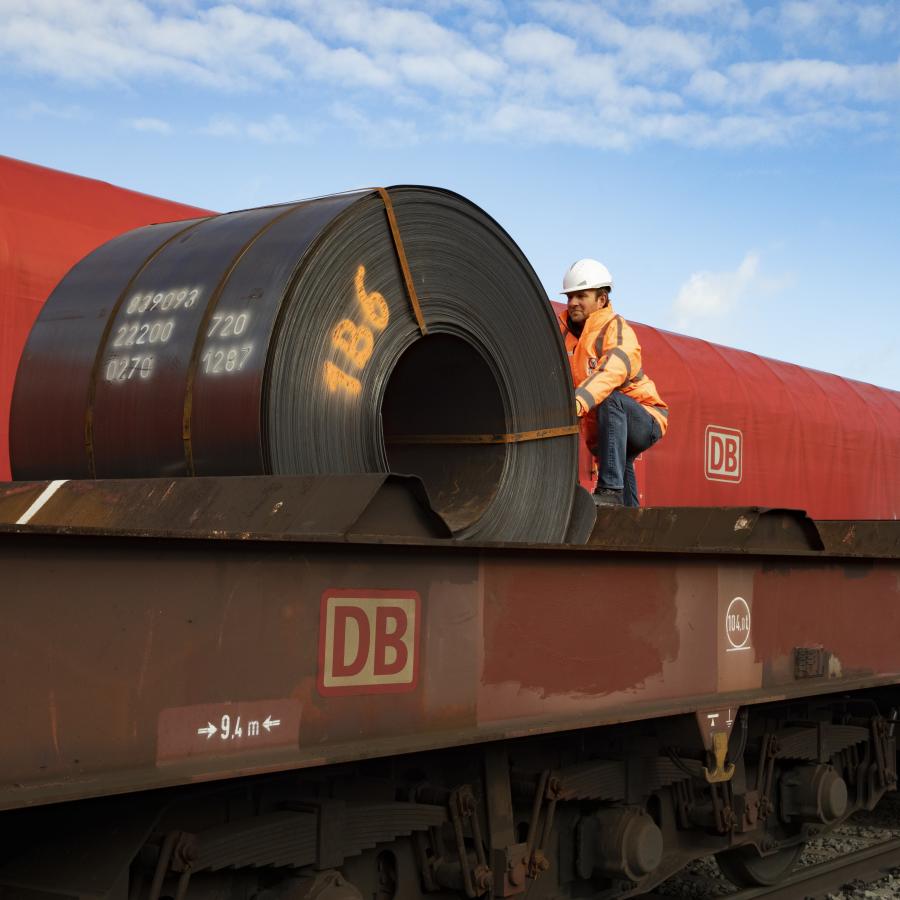Transport and capacity analysis
In March 2018, the transport and capacity analysis was completed (Study 1). Researchers predicted the growth of rail transport until 2030 and looked at how much rail space there is now. The researchers then identified the following bottlenecks:
- There is insufficient capacity between Terneuzen and Axel.
- There is barely enough capacity on the Sluiskil Bridge.
- The single-track section north of Wondelgem is a bottleneck.
- The Gent-Zeehaven yard is rather small.
- The Terneuzen-Zuid yard is too small.
- The track in Zeeuws-Vlaanderen is not easy to use, as trains move slowly and stop frequently. Trains cannot run in the evening or at night.
- Restrictions are expected in the future (especially in the Netherlands) due to noise and external safety.
The researchers then looked at several possible solutions. Among them was a new connection on the east bank between Axel and Zelzate. This addresses several bottlenecks at once. This solution will be further explored in the study.
Technology and environment
Studies 3 to 6 were carried out at the same time. In February 2019 Arcadis delivered the final report. The researchers determined the feasibility, impacts, and risks of possible new track sections:
- Northern connection Zandeken & extension bundle Zandeken
- Simultaneity Wondelgem
- Southeast arch at the Sluiskil Bridge
- Rail link between Axel and Zelzate
- Track doubling between Wondelgem and Zandeken
- North-western arch at Sluiskil Bridge

Social costs and benefits
The social cost-benefit analysis (SCBA) (study 7) was completed at the end of 2019. Transport & Mobility Leuven examined the social costs and benefits of potential investments in the rail network in the Ghent-Terneuzen Canal Zone. The researchers considered two scenarios: a scenario of low economic growth and less freight transport, and a scenario of high economic growth and more freight transport. The researchers concluded that the rail sections Axel-Zelzate, South-East Arch Sluiskil Bridge, and Northern Junction Zandeken have the best cost-benefit ratio.
Potential passenger transport
Engineering firms Goudappel and Coffeng also investigated the potential for passenger transport between Ghent and Terneuzen (study 8). The number of potential rail passengers between Ghent and Terneuzen is comparable to other cross-border regional railway lines. The study showed that a new railway line between Ghent and Terneuzen could have a double function: as a connection between the city of Ghent and Oostakker, the Channel villages and Zelzate, and for freight transport to the ports. To make passenger transport a success in the future, however, additional measures would be needed. In general, numbers of 2,000 to 3,000 trips (people) per day could then be achieved, 700,000 to over 1,000,000 trips per year.
The exploration that ProRail and Infrabel are currently conducting focuses only on improving the rail network for freight transport, and does not examine the possibilities for passenger transport.
Inclusion in European corridors
Study 9, entitled ‘Rail Freight Corridors’, was completed in September 2019. Ecorys conducted research on North Sea Port's role in transport networks, such as the North Sea-Mediterranean corridor, the Rhine-Alps corridor, and the North Sea-Baltic corridor. The researchers gave advice on how to improve that position.
Financial study on contract forms
Study 10, entitled ‘Financial study on PPP approach and DBFME’, was completed in May 2020. Rebel examined what types of contracts are best concluded to build the project. They compared this with the contracts usually concluded.
Study on European funding
Study 11 was completed in May 2020. The report is called: Financial study on EIB funding. Rebel examined the possibilities of payment by the European Union and the European Investment Bank (EIB), such as the European Fund for Strategic Investment (EFSI) and Connecting Europe Facility (CEF).




